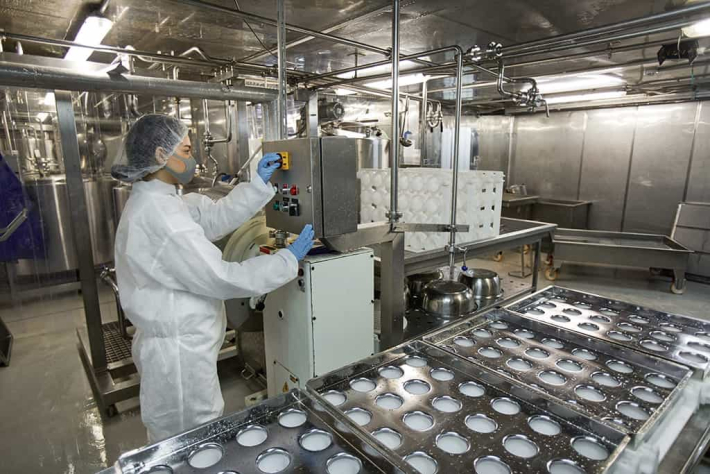My professional experience has allowed me to become aware of the regulatory constraints that impact the food industry and require companies in the sector to:
- ensure the hygiene, safety, and traceability of food,
- certify the food quality,
- have the best practices in processes, quality organization, and risk management.
The food industry today is faced with 4 major challenges:
- Globalization,
- The financial crisis, with highly volatile commodity prices,
- New consumer demands for organic, vegetarian, vegan food, etc…
- Logistics from transport, packaging, to communication.
The BRC standard makes it possible to meet some of these major challenges.
What is the BRC Standard?
Created and first published in 1998, the BRC (Global Standard for Food Safety) is now in its seventh version and defines the safety, quality, and production criteria required within a food production company to comply with legislation and consumer protection.
How does an audit work?
BRC audits are performed either in a single visit, which may be announced or planned, or in a split one. In the case of a split visit, the first part will be unannounced and focus on good manufacturing practices while the second part is planned and focuses on systems, records, and procedures.>
What about the maintenance department?
It is precisely during audits like these that the maintenance department’s technical services will be evaluated.
For example, in the case of our client Concept Fruits, the auditor chose machines at random from the equipment fleet and wanted to know:
- What were their machine “health records”?
- What were the latest interventions on the machine ?
- What was the preventive maintenance plan for the machine ?
- Was it well followed? If not, why not?
- How did they account for the risk of rodents? What specific plan was put in place?
- Did they keep certificates of the items that came in contact with the materials? If yes, were the certificates up to date ?
You may raise a few eyebrows if your asset follow-up is still done on Excel, given that Excel is a corruptible means to store information..
Among the BRC standard requirements figure the so-called fundamental clauses. Nonconformity to these is the leading cause behind the failure to pass a BCR audit.
These clauses are quite general and cover the following areas:
- management commitment and continuous improvement
- food control plan – HACCP
- internal audits
- corrective actions
- traceability
- room layout, product flow, and separation
- maintenance and hygiene
- allergen control
- control of operations
- training
What are the risks in case of non-compliance?
The risks are multiple for a company. In the best-case scenario, a non-compliant company is asked to make changes and improve, and in the worst-case scenario, it ends up losing significant market share to its competitors.
How can CMMS help with the audit?
CMMS solutions by DimoMaint are specifically designed to allow professionals in the food industry to:
- Visualize, organize, plan and execute maintenance management of their production tools, at all stages of the food processing chain, including critical points;
- Centralize in a single repository detailed descriptions of all the equipment in the production line and every relevant intervention to guarantee traceability;
- Ensure compliance with procedures;
- Plan maintenance efficiently ato reduce downtime, decrease production stoppages, and increase productivity and competitiveness;
- Schedule preventive maintenance interventions;
- Manage diagnoses;
- Manage critical analyses
One should note that our approach in the framework of the BRC standard also applies to other standards such as FCA or ISO audits.
Concretely for our customers:
« The return on investment is mainly measured by the reduction in machine downtime thanks to the development of preventive intervention management. »
READ THE FULL CUSTOMER TESTIMONIAL FROM LEONIDAS
« The LUZEAL cooperative (51) has switched from paper to DimoMaint MX for its preventive maintenance management, which has helped us a lot in the context of our ISO 50001 and FCA certifications. »






